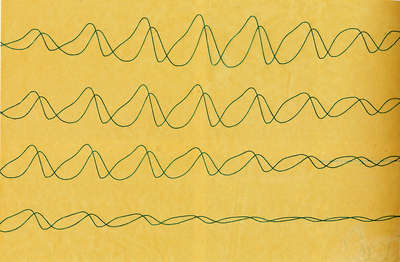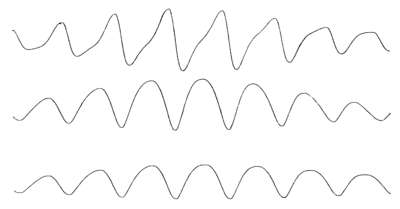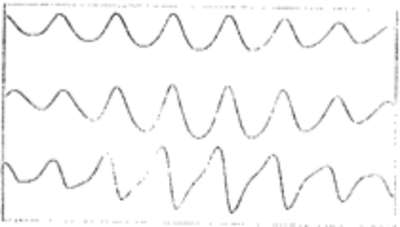Kurd Alsleben is a professor emeritus at Hochschule für Bildende Künste (HBK), Hamburg, Germany. He studied fine art at Staatliche Akademie der Künste in Karlsruhe, Germany, and has worked ever since in fields between art and various more technical fields. This existence as a mover started in 1956, when he cooperated with Eberhard Schnelle (Quickborn, Germany) on “office landscapes”. He switched from office architecture and organization to physics, when he started work in 1960 with his friend, Cord Passow, at the German Electron Synchrotron (DESY). There they had access to analog computers which they used for the generation of freely moving lines. A small set of plotter drawings done around 1961 made Alsleben a character in the world of digital art. Other early encounters were with Helmar Frank and Abraham A. Moles who may have influenced his specific approach to information aesthetics. In 1965, Thomas Maldonado invited him to become a docent at Hochschule für Gestaltung in Ulm, Germany. In 1968 and ´69 he joined the Tendencies 4 movement in Zagreb, Yugoslawia. Almost unbelievable: his areas of teaching there were structure theory and Boolean algebra. In 1970, he got the position at HBK in Hamburg. His interests shifted back to computers, and in 1985 he acquired an early Apple MacIntosh to now motivate students to do aesthetic work on hypertext. Together with his wife, Antje Eske, they founded, in 1985, the Interdisziplinäre Computerei (interdisciplinary computer shop). It became the starting point for a flood of often weird projects, all circling around the art of communication and conversation. In 2006, Kunsthalle Bremen dedicated a large retrospective show to Alsleben and Eske.
Alsleben’s book, Ästhetische Redundanz (1962), is one of the very first by an artist writing about information theoretic aspects of aesthetics. The early 1960s are the time when Moles and Bense develop their different approaches to aesthetics as information aesthetics. Alsleben is an almost singular point in that peculiar landscape.










